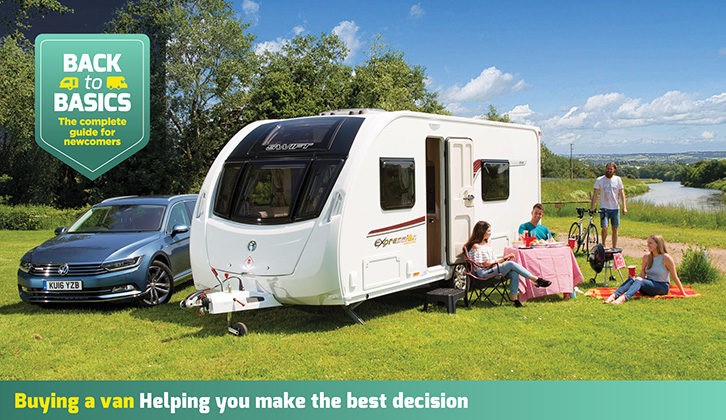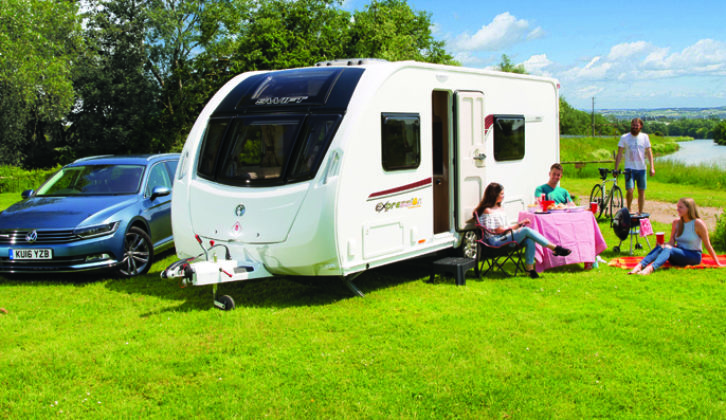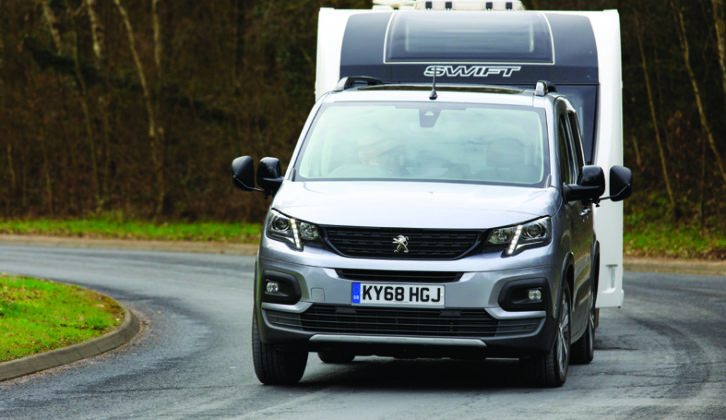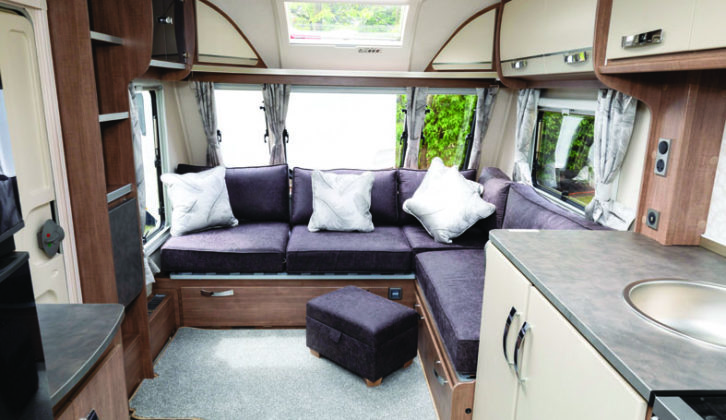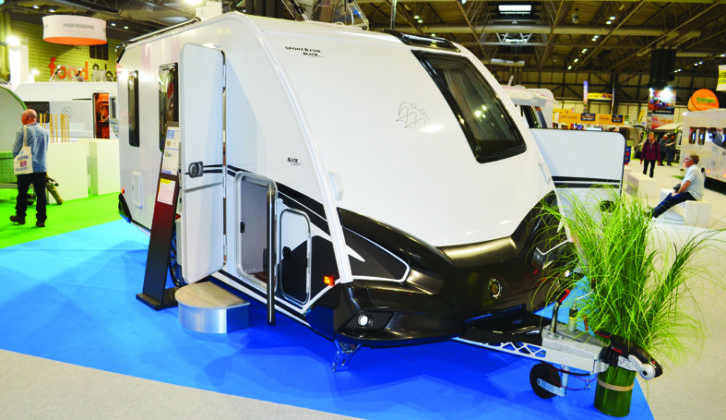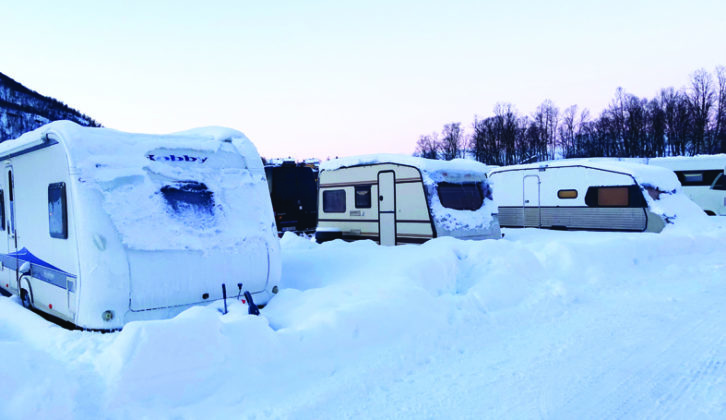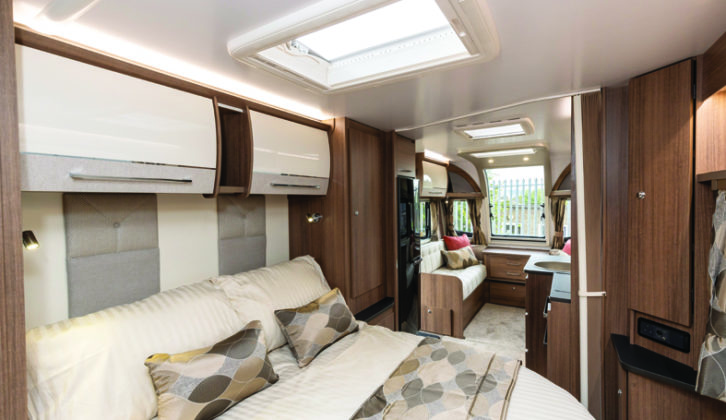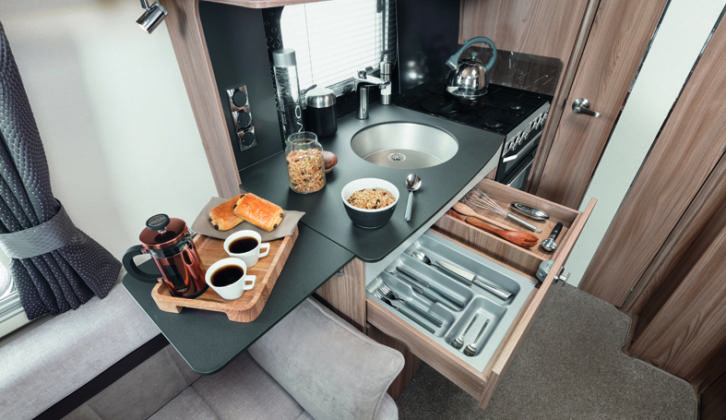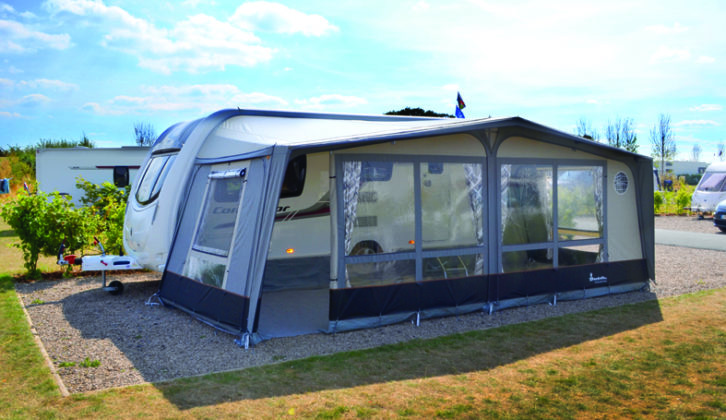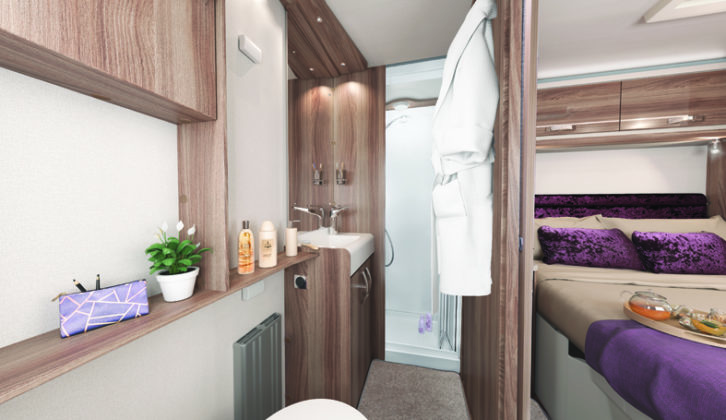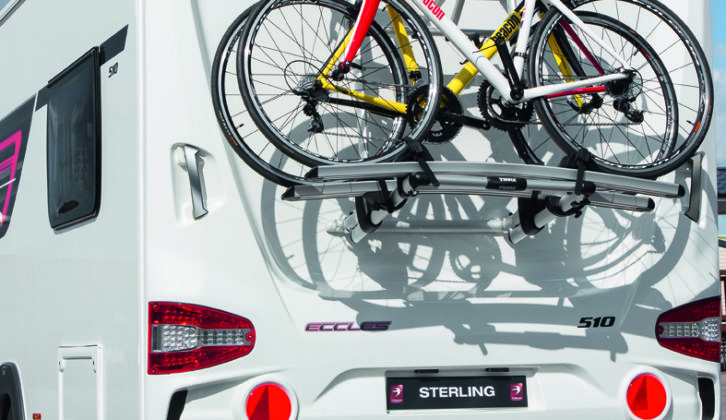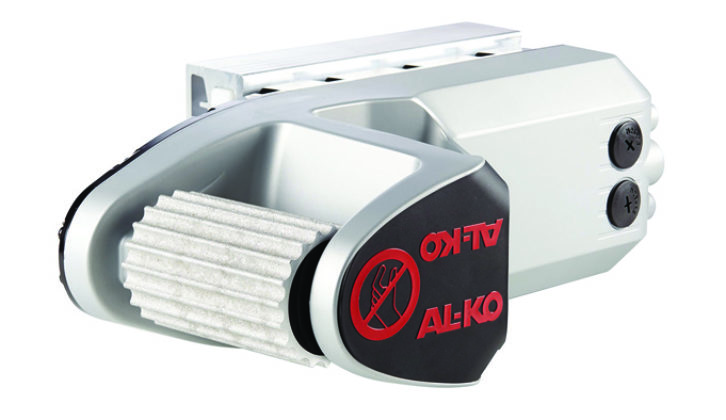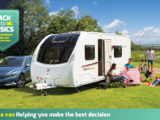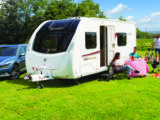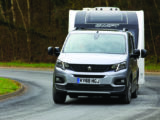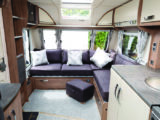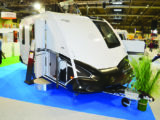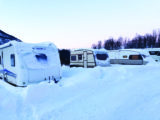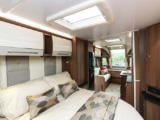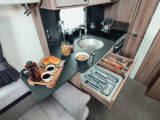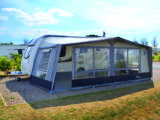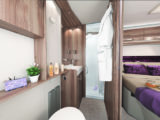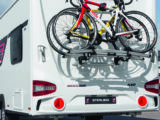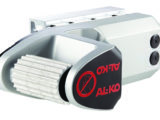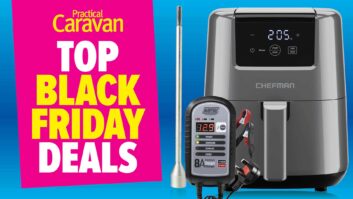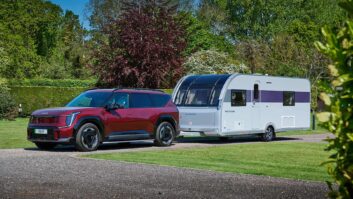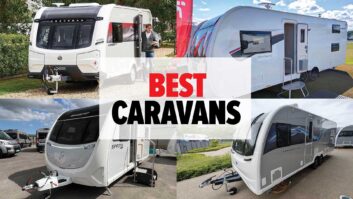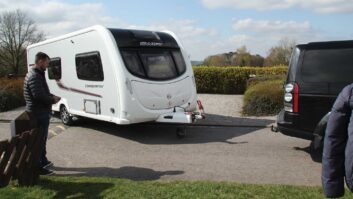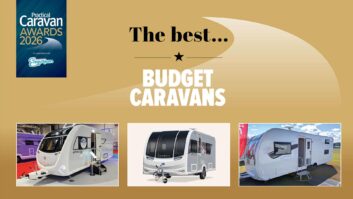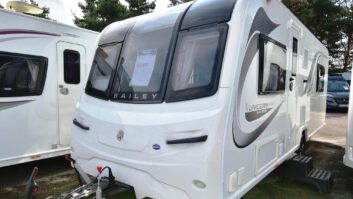Are you ready to buy your first caravan? There are a wide range of models on the market, with the various tourers all having their own pros and cons.
So how do you begin to settle on the right one for you? That’s where this guide comes in! Take a look at these 10 essential questions and it’s sure to help you start to work out which model is right for you.
Once you’ve settled on an idea of the van you want, be sure to take a look at our best caravan round-up, where we share the top models that are currently on the market. You can also find out more about the different manufacturers that are out there in our best caravan brand guide.
Will you need to change your car?
First and foremost – and especially if you are new to towing a caravan – you need to follow the 85% rule.
This states that when fully laden, the caravan should not weight more than 85% of the car’s kerbweight – so you’ll need to find out the latter figure before you can start to consider which caravan to buy.
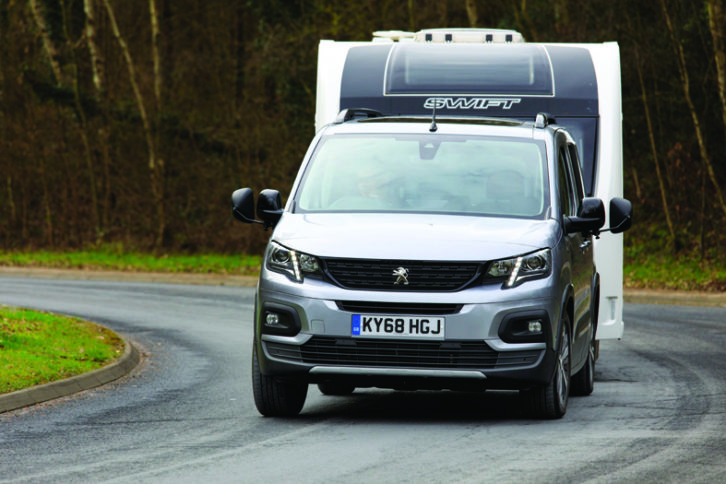
If you find a caravan that fits this rule with your existing car, all you have to do is fit a towbar (if it doesn’t have one already).
That way, you save yourself all the hassle and expense of having to buy a bigger car and in particular of ending up with a car that, when you are not towing, you might think is too big for you.
You can read more about the 85% rule, and other weight legislation in our guide to caravan weights and measures.
There are some great towing vehicles on the market, so be sure to take a look at our best tow car and best used tow car round-ups to receive a helping hand with picking the right one for you.
What are you going to use the van for?
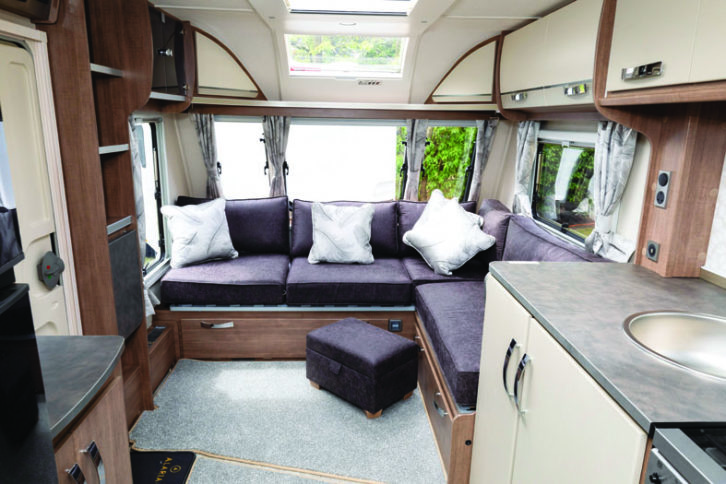
This is much more than just a question of deciding how many people are going to be sleeping in it, and going from there.
For example, it might surprise you to know, some caravanners don’t view going in a caravan as going on a holiday at all: they just use it to get away somewhere local for perhaps one night, or as a base for their outdoor hobbies, such as hillwalking or fishing.
If that’s you, then you might only need a very basic caravan, with minimal washing and cooking facilities, and possibly not even a fixed bed.
You can cope with having to put the bed together if it’s just for one night, and the space and weight savings you will achieve by opting for such a layout means you can probably get away with a much more economical tow car, too.
However, if you’re planning to use your caravan for what most people would probably think you use it for – as a base for a family holiday – then you possibly do need a larger van, perhaps with a fixed bed.
You certainly want to have the kind of van where you are not going to get on top of one another, because – the British weather being what it is – you are likely to spend a fair amount of time inside the caravan itself, even if you are on a campsite with lots of outdoor attractions.
We discuss the associated question of awnings later on.
You will want to have more substantial kitchen facilities, such as a microwave, possibly a separate oven, and definitely more storage space.
Added to that, you will almost certainly want to have a larger washroom, particularly if you are bringing along children who need to be supervised, or teenagers who travel with a vast array of lotions and potions!
But at the same time, you will still want a medium-weight vehicle, probably also of a conventional width, because you will be towing it regularly.
You might also want to make use of Al-Ko’s ATC trailer control system, on top of stabilisers, because this really makes a difference to your ease of towing. So if it isn’t fitted as standard, make sure it is at least an option, and go for it.
Of course, you might decide that, after all, this is not really how you are going to use your caravan. There is a growing trend among caravanners to opt for a seasonal pitch: somewhere they take their caravan at the start of the season and leave it, coming back for occasional weekends. If that is your plan, you can afford to max out on the space and weight (within permissable limits), because you will only be towing the caravan twice – at the beginning and the end of the season.
In fact, you might not need to tow it at all – some caravan parks that offer seasonal pitches can also store your caravan on their storage site, and bring it out to you when you need it.
In such circumstances, the caravan becomes very much more like a static home, so you can opt for an 8ft-wide model.
You’ll probably want a more spacious lounge, too, possibly with L-shaped seating. You’ll certainly prefer a bigger kitchen, because with a lengthier stay you are less likely to eat out, and you can leave things in the fridge or freezer for the next time you visit the site.
A larger washroom, with a separate shower, might also be on your wishlist. You may even want an on-board water tank, to save all those trips to the tap with an Aquaroll. Above all, you will almost certainly require the convenience of a fixed bed.
Where will you be travelling?
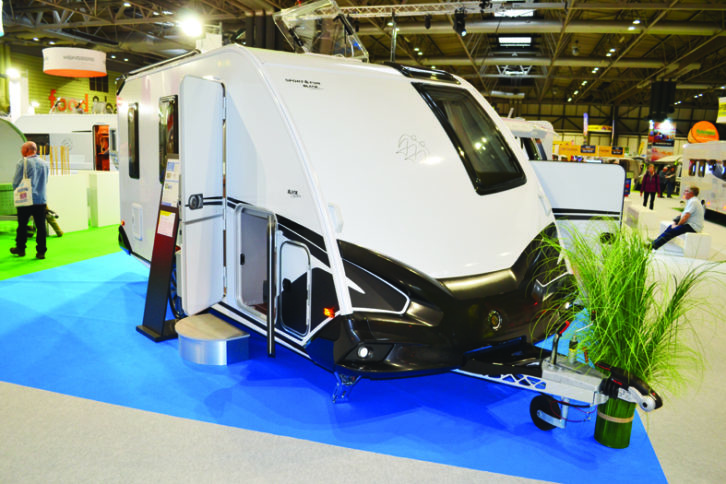
This is a relatively minor point, but if you think you are likely to be using your caravan abroad most of the time, it might make sense to go for a Continental model that still has the door on the Continental side.
Most Continental caravan manufacturers that maintain a significant UK presence have now switched to offering their doors on the correct UK (near) side, but some still have doors done the Continental way.
The advantage of this is that you will be able to match more easily with the infrastructure on European caravan parks, and it is easier to get into the van if you need to when you stop on the road. Well worth considering.
When will you be touring?
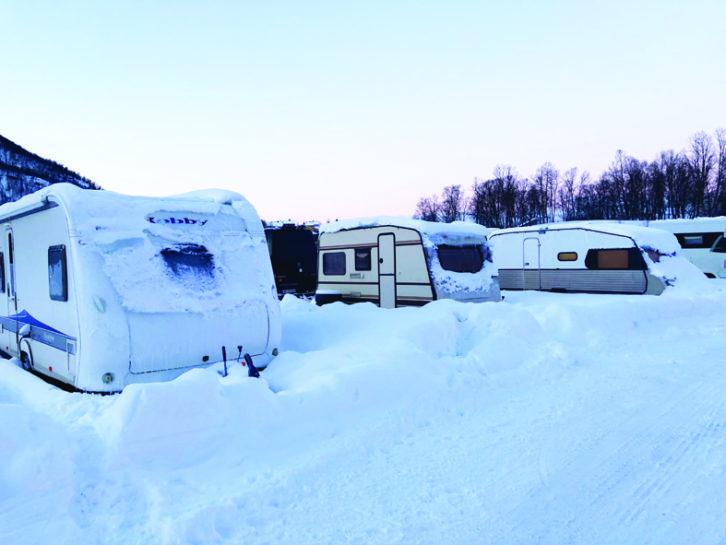
Caravans are generally better insulated than motorhomes, where heat is lost through the cab area, so they potentially make better vehicles for winter touring.
Most new caravans now come with Grade 3 insulation, which is designed to show that they are suitable for this purpose.
As for heating: most people doing all-year-round touring opt for the Alde wet heating system. Along with providing uniform heat, this also removes the need for any cumbersome ducting to be trailed all around the van, where it can sometimes obstruct parts of the otherwise useful storage areas.
However, Alde systems, apart from being more expensive and adding more weight, do take a while to get going. If you think that you will probably only be touring at the start and the end of winter, and the heating you are after is just a quick blast of warmth to ward off the cold, then Truma blown-air heating will be more than sufficient, especially if it is a powerful Combi 6 system.
A tiny number of (mostly Continental) caravans also offer an awning heater as an option. This is possibly not the most economical (or sustainable) way of keeping an awning warm, but it does save you needing to bring along a separate heater and might be worth considering if you think you will be putting up your awning during the cold season, too.
How do you like to sleep?
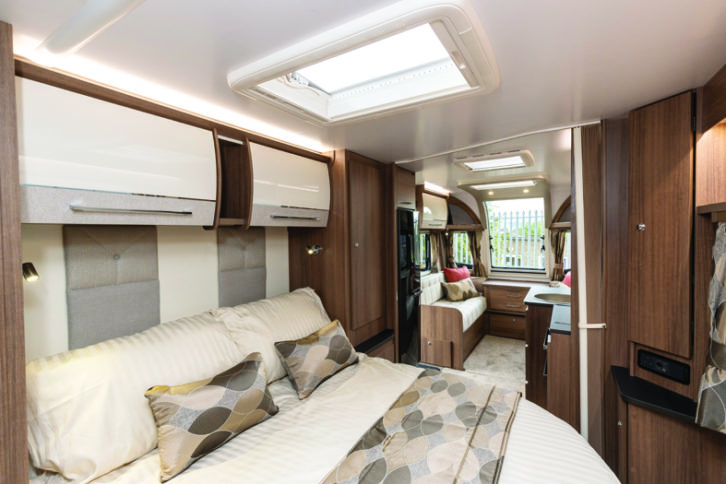
One popular layout, particularly for seasonal tourers, is an island bed in the rear (usually with the washroom behind it), with the kitchen in the middle before you get to the front lounge.
Such a floorplan is appealing because a couple can use it for touring mostly by themselves, yet still have enough space to bring along guests or children for a short while.
They get to sleep in the front, turning the settees into single beds, or making up a double by pulling out slats or bringing platforms together.
This layout could be less successful, however, if you are likely to be touring extensively as a family. Parents probably still want a double bed of their own, but children and teenagers might not like just having the front lounge to call their own. So it’s a good idea to look at layouts with more than one dinette, and possibly a corner bed rather than an island to save space.
Bear in mind, too, that you will probably hold on to your caravan for several years, so if you have a growing family, their needs will change. If you opt for bunk beds, make sure thay are large enough to take teenagers – assuming they will still want to be in them.
Older children often like to be separated from their younger siblings, and there are caravan layouts that allow for this. But some of these extra berths might be additional double beds, so you will need to make sure your children are going to be comfortable sleeping that way as well.
The situation becomes even more complicated if you are travelling as a non-family group – say as a group of adults, or as part of a club.
There will need to be some discussions about privacy. In such circumstances, it probably pays to think about partitions, too – whether there are any who might benefit from them, and whether they could block potential access to the toilet during the night for someone.
Our guide to caravan layouts will help you understand the different floorplans you can expect to see in your tourer.
Will you be doing much cooking?
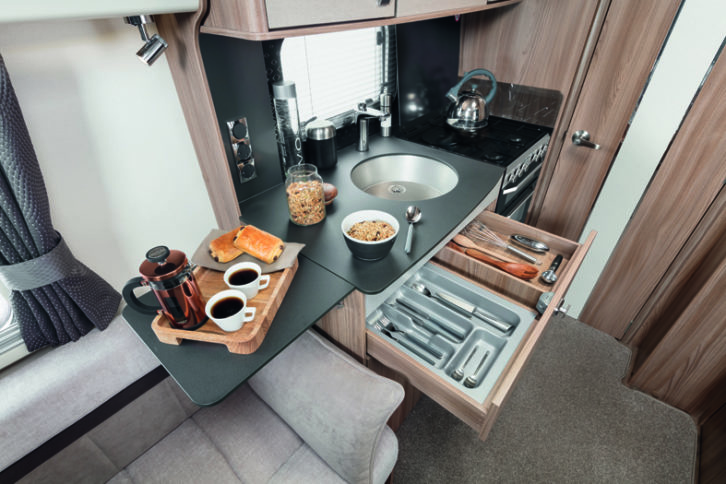
The caravanner in the glossy brochure may be chopping up a fancy Waldorf Salad, but in real life, you are only ever likely to be putting together a simple meal in a caravan.
As a rule, caravan kitchens are likely to be larger than those you find in a motorhome, and they are certainly better suited to accommodate families. But dealers still tell us that they sometimes take a caravan in part-exchange and find that the oven has never been used and its fittings are still in their original packaging.
That said, you will definitely need at least one mains socket, for the kettle or the toaster in the morning.
In our experience, cooking in a caravan often involves reheating stuff that is already cooked. So a spacious fridge and a microwave are two extras you might not want to go without.
Do you really need a fancy washroom?
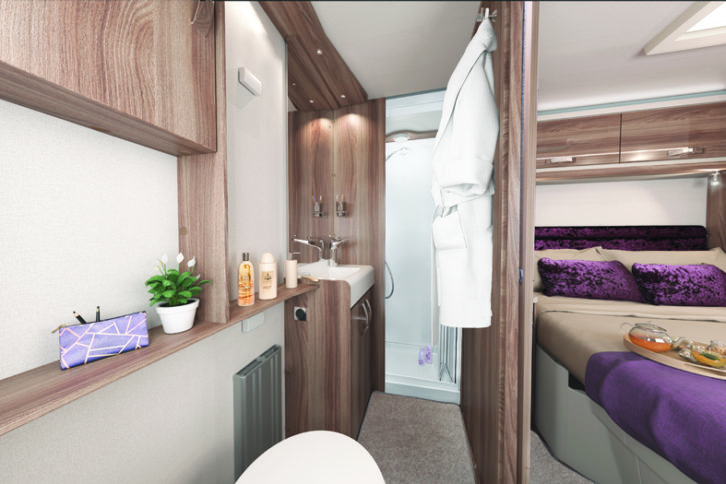
As with kitchens, washrooms in general are rarely going to match the den of pampering you probably have at home.
Still, toilet blocks on British campsites are so variable that your caravan’s washroom could be better than what is on offer on the outside.
But even if you don’t use the washroom very often, it can still serve as a useful place to hang wet coats to dry, or leave your awning if it hasn’t dried by the time you need to head home (if weight restrictions allow).
Caravanners tend to spend more time levelling the caravan up when they arrive on site, so showers in vans tend not to have the double plugholes you often find in motorhome showers, which are designed to allow water to drain away even when the vehicle is not level. However, some more expensive caravans do have these, and they can be useful.
What about the awning?
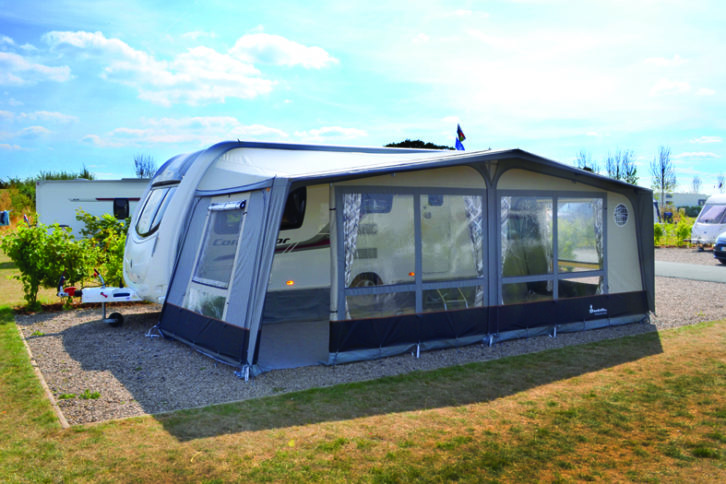
An awning can really make all the difference to your caravan holiday, allowing you to double your space or at least, provide more room to move around in.
As well as this, they give you a bigger area for eating in, so you can take a foldaway table to eat outside and leave the lounge as a bed or a space for watching TV in. The awning is also a useful place for safely storing accessories such as bikes and barbecues.
With an inner tent, they can even provide additional sleeping spaces, thus relieving you of the thorny problem of working out who is going to sleep where inside the caravan.
Bear in mind, however, that there might be occasions when you can’t rely on the awning for accommodation – if, for example, the campsite warden asks you to take the awning down because of bad weather forecast, or you have an early ferry to catch, so you want to take the awning down the night before you leave. In such circumstances, you would need to work out who sleeps where.
Inner tents are not suitable for very small children, unless they have an adult very close by.
You also need to plan how to carry your awning en route. This is no idle question: some awnings, fully packed up, can weight as much as 50kg.
Many people choose to put them in the boot of the car, but that does mean you have less storage space in the car itself, and you might have to transfer other things to the caravan.
Putting the awning inside the caravan over the axle is the next best option, but it needs to be secured down. If it were to come loose on the road and start sliding around, it would affect your towing.
Will you be taking bulky luggage?
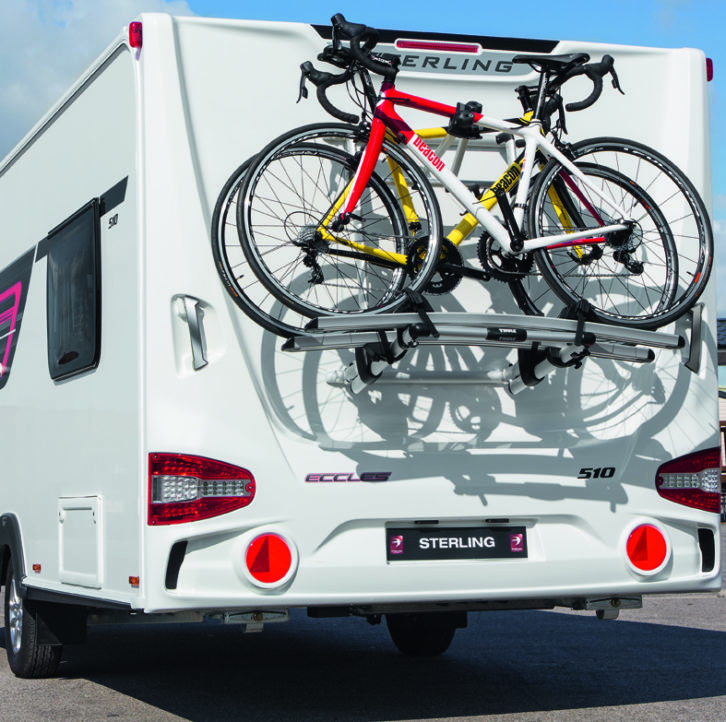
Ideally, you want to keep what you carry in the caravan itself to an absolute minimum, to stay within the van’s payload and the 85% rule.
However, particularly given the extra carrying space, you are more than likely to want to take lightweight furniture with you, and possibly a barbecue as well. If so, make sure there is somewhere you can stow these items inside the caravan. You could leave them loose down the aisle, but things do tend to move about en route, and they could cause damage.
You might also like to have external locker doors, so you can easily retrieve these items once you arrive on site.
Another question to consider is bikes. Again, it’s probably not a good idea to store these inside down the aisle. The best place for them is on a bike rack, set somewhere on the back of the car or on the A-frame.
Wherever it’s situated, make sure that your bike rack doesn’t make it more difficult to open the boot door on the car or the front locker on the caravan. You might need to access these areas while on the road. It also helps if the bike rack doesn’t interfere with the handle of the jockey wheel.
Putting a bike rack on the back of the van is another possible option, although this can affect towing if the van is very long or you have a lot of bikes. A twin-axle van could help here.
Do I need any extras?
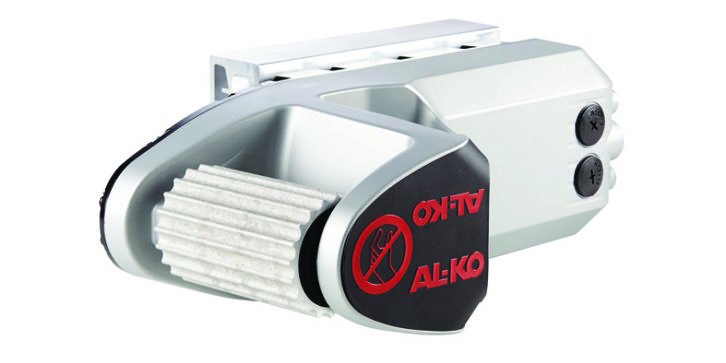
A motorised caravan mover can be a real godsend to help you shift your caravan onto the pitch if you think you are going to struggle by just using brute force, or your own reversing skills.
A self-levelling system also removes a great deal of hassle when it comes to trying to level your caravan, and means you don’t have to use up valuable storage space with levelling blocks (although you might still want to bring the blocks to rest the steadies on if the pitch is soggy). Both of these do add to the cost of the caravan if you are on a budget. Caravan levelling systems are also heavy.
Once you’ve settled on all of this and chosen your tourer, it will be time to pick it up! Our guide to collecting a caravan fills you in on all you need to know when you receive it. You can also consider joining a caravan owners’ club to meet like-minded caravanners.
If you’re stuck between a tourer or a motorcaravan, be sure to take a look at our caravan or motorhome guide, where we lay out the pros and cons of both.
Are you looking for some more buying advice to help you choose the van for you? Then be sure to head to our Back to Basics: Buying a van category!
If you liked this… READ THESE:
We take you through the different caravan finance options
How to keep your caravan safe and secure
If you’ve enjoyed reading this article, why not get the latest news, reviews and features delivered direct to your door or inbox every month. Take advantage of our brilliant Practical Caravan magazine SUBSCRIBERS’ OFFER and SIGN UP TO OUR NEWSLETTER for regular weekly updates on all things caravan related.
Future Publishing Limited, the publisher of practicalcaravan.com, provides the information in this article in good faith and makes no representation as to its completeness or accuracy. Individuals carrying out the instructions do so at their own risk and must exercise their independent judgement in determining the appropriateness of the advice to their circumstances. Individuals should take appropriate safety precautions and be aware of the risk of electrocution when dealing with electrical products. To the fullest extent permitted by law, neither Future nor its employees or agents shall have any liability in connection with the use of this information. You should check that any van warranty will not be affected before proceeding with DIY projects.
Bear in mind that you will probably hold on to your caravan for several years, so if you have a growing family, their needs will change
